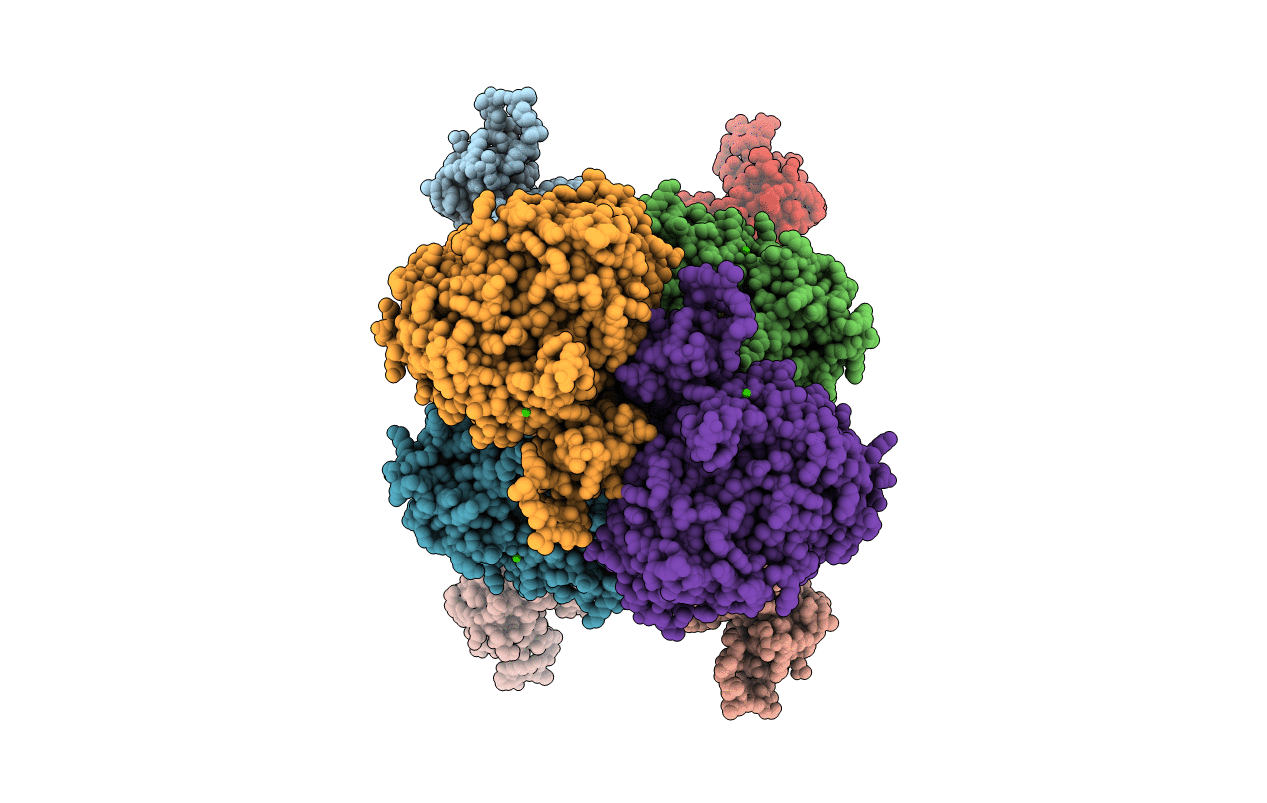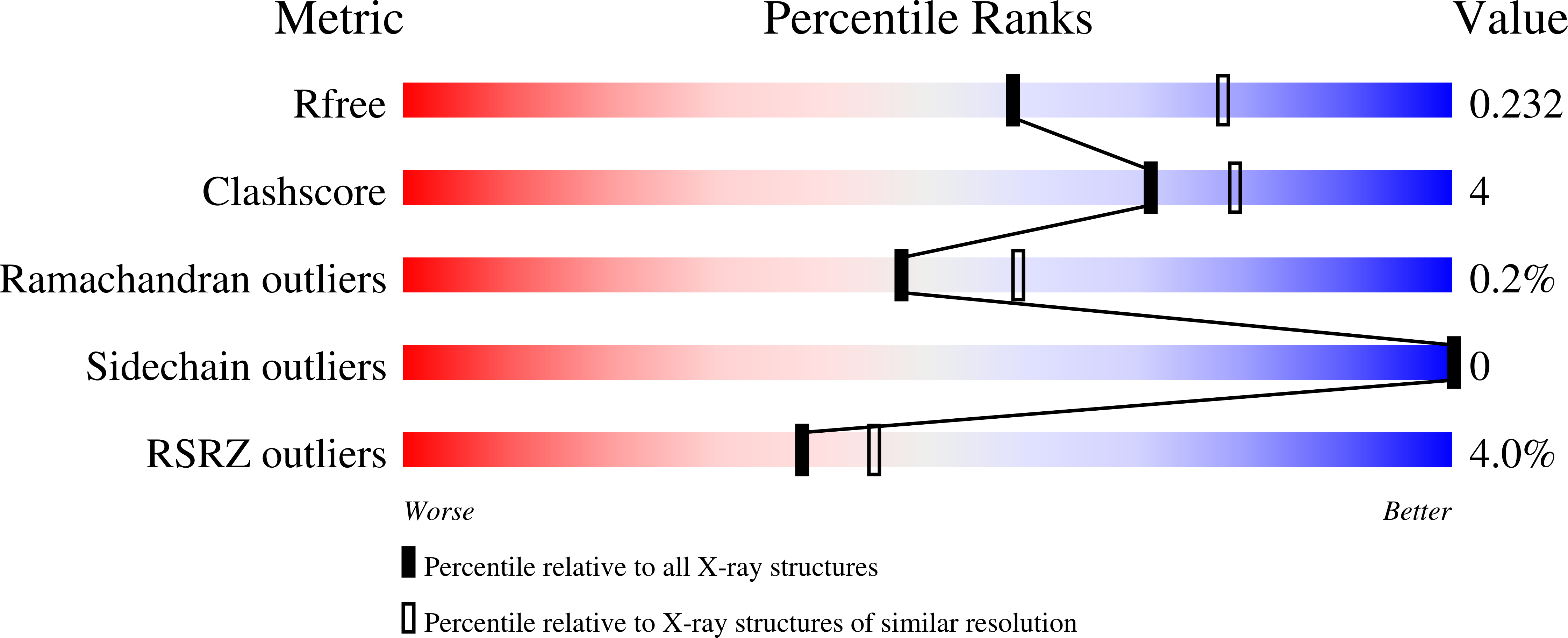
Deposition Date
2008-05-14
Release Date
2008-12-02
Last Version Date
2024-11-13
Entry Detail
PDB ID:
3D4G
Keywords:
Title:
ZP-N domain of mammalian sperm receptor ZP3 (crystal form II)
Biological Source:
Source Organism:
Escherichia coli (strain K12) (Taxon ID: 83333)
Mus musculus (Taxon ID: 10090)
Mus musculus (Taxon ID: 10090)
Host Organism:
Method Details:
Experimental Method:
Resolution:
2.30 Å
R-Value Free:
0.22
R-Value Work:
0.20
R-Value Observed:
0.20
Space Group:
P 1


